You’ve just decided that you want to start into the serious hobby of photography. Congratulations. Now you need to choose a camera and gear to work with. Where do you start? There’s a lot of different cameras out there put out by several different brands? How do you choose what you need. Today, we’re going to go over how to choose a camera brand for you.
The Preface
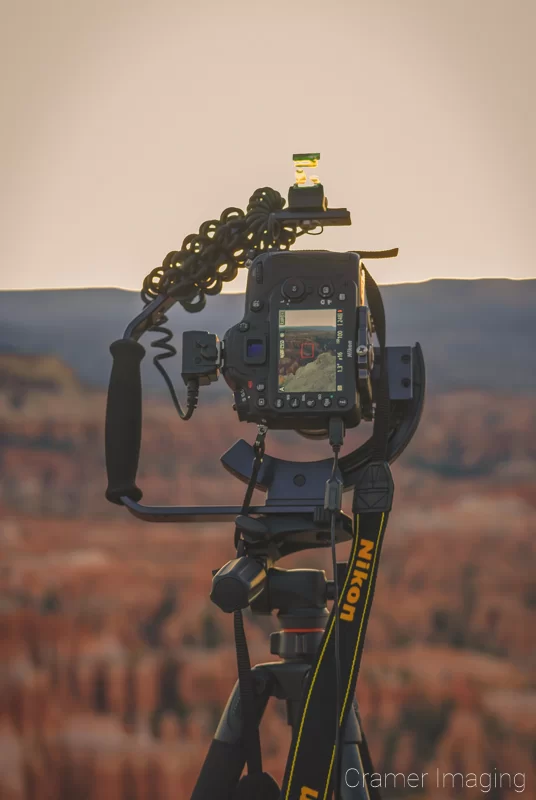
To start with, we’re not going to be comparing various cameras put out by the different companies currently on the market. That would not be as productive an article as it initially sounds like it would be.
While we could write several lengthy articles about various models of cameras currently on the market and which is best for this or that, that article will only be helpful until the next camera maker releases their next model. Then all the side-by-side comparisons must be written again all over again.
Instead, we want to give you a guide for making a longer-term decision. Sorry if you were expecting a side-by-side comparison of various camera models currently on the market. Check out other articles available on the internet if you want a detailed and in-depth camera brand comparison.
The Background
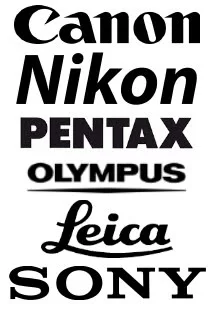
When I started in photography there were essentially two choices for professional level digital cameras: Nikon and Canon. You could choose your professional digital camera brand from those options.
Olympus had just produced a line of higher end DSLR’s, but they were too new to the industry for serious photographers to trust yet. Now, they’ve pulled out of the DSLR market entirely. Sony would soon be producing their own line of DSLR’s but hadn’t really come into the market yet. For most people entering the industry at that time, your real choice was between Nikon and Canon.
Now you have more choices from more professional camera companies, but if you’re just getting started, the criteria for choosing is still going to be much the same. What works best for you isn’t necessarily going to be the same as what works best for others.
Why Make a Long-Term Decision on a Brand?
First off, a lot of guides out there will compare the various brands’ entry-level, mid-level, or pro-level cameras. That’s fine. It’s informative for those currently in the market for a new camera. However, those articles only really tell you about those particular cameras. Here’s the problem. You’re eventually going to want to upgrade your camera. What if the upgrade path your chosen brand provides doesn’t meet your needs? Do you switch brands, or do you go with the best you can in your chosen brand?
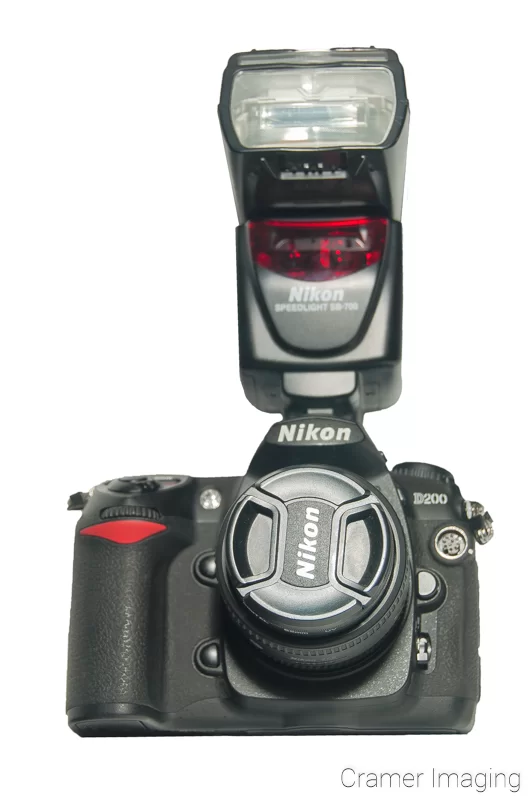
In reality, the second is the only feasible option for most people. Why? A camera kit (with a couple of OK but not great lenses) can cost anywhere from a few hundred to a few thousand dollars. An array of proper professional quality lenses for your camera is going to cost you a few thousand dollars too, particularly if you buy new. Other accessories (such as speed-lights) also cost and, while most work across platforms, many do so with reduced functionality.
To sum it up, changing camera brands means that you may be looking at spending many thousands of dollars to get the same level gear you already have unless you’re just sticking with the basic kit setup. Most equipment on the market is not cross-compatible. Yes, there are adapters to make gear usable by another brand, but adapters add in other issues such as lack of auto-focus.
In other words, it’s important to find out what works for you and stick with it unless you have a ton of disposable income which you can spend on cameras and camera gear. Choose your camera brand well as it will likely be permanent.
Do Camera Brand Features Really Matter?
So how do you pick a brand? I’m going to tell you a secret. The brands all have pretty much the same basic features and functionality over time. Some brands do some things a bit better than others do but not by a lot.

Want a good example of this? Canon is reputed to have far better color (most people can’t tell the difference in double blind tests) while Nikon is supposedly sharper (most sharpness issues come from lenses, motion, in other words something other than the camera).
Canon might have the slight edge on color and Nikon might have a slight edge on sharpness, both of which can be compensated for with post-processing. Thanks to the magic of Photoshop, it doesn’t really matter that much which brand you choose. Other brands, like Sony and Olympus, have their strengths and weaknesses as well which Photoshop can make up for.
Also, when choosing a brand of camera, you must consider that for every serious gain (sharpness, color, ergonomics, weight, etc.) there is a trade-off. One example of such a trade-off is that some cameras are far more sturdily built and will take more punishment than others will. But that sturdiness and ruggedness often comes at the cost of added weight.
The ergonomics (how it fits your hand) and positioning of buttons and switches are different with each brand as well. While none are definitively better than the others are, ergonomically speaking, some brands are most definitely better or worse for your hands than for others’ hands.

So, consider your needs with respect to function, build, and ergonomics when choosing a camera. If you hate to hold your camera, you aren’t going to hold it as much. If it’s too heavy to carry, you won’t carry it as far. Also, if it’s too fragile, you’ll have to be far more careful, and it will be more likely to be broken when you need it.
Can You Upgrade or Trick-Out Locally?
The next point you’re going to want to consider is what brand(s) are most available locally. Yes, I know, you can do everything online these days. You can buy whatever you need off of Amazon, B&H Photo, Adorama, or whatever other online company there is and have your new gear delivered directly to your door in a few days. You can send your camera in for any professional maintenance and have it back in a few weeks. It’s a great world that way now. However, the world of online ordering has its problems for a budding professional photographer.
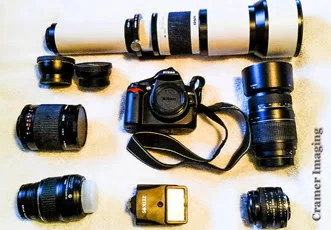
Tell me, how does online ordering help if you have a shoot coming up and you need your camera or a particular accessory RIGHT NOW? Having a local place which can do some basics, including selling you some basic accessories and the like, can be invaluable if you have a gig coming up and something happens to your camera or lens.
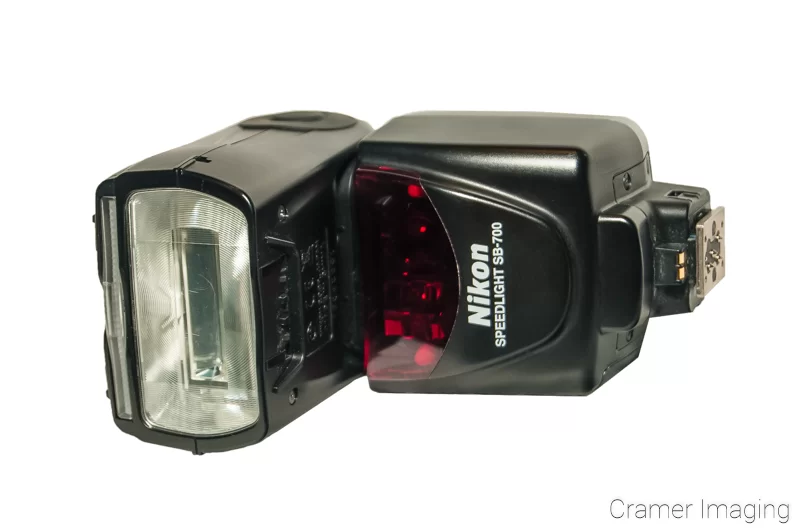

Now if you live in or around a big city, you’re likely to find a camera store or two so you can pretty much get whatever you want whenever you want. Of course, not everyone lives in, or even wants to live in, a big city. If you happen to live in a smaller town, you’d be lucky to have one camera shop in town which only sells one brand of camera and accessories (camera manufacturers sometimes try to get vendors to engage in brand loyalty). Sure, they can generally order a new toy for you, but you can do that too thanks to the internet. The reason to go to a shop these days is because you need it NOW.
How to Choose a Brand for You
So if you’re buying your first camera, how do you choose? The best suggestion would be to examine one or more cameras from each brand you’re considering seeing how each performs and how well you like using each one. Is the camera comfortable in your hand? If it isn’t you’re going to find many kinds of photography unpleasant. Is it too heavy? Is it tough enough to handle the rigors of whatever type of photography you’re doing?

Ideally you should check out several different models of each brand while choosing your camera brand. Camera shops will often have several camera models on display which you can check out. Places like Borrow Lenses let you rent not only lenses but camera bodies as well. You could try out a few to see what you like. Each brand is going to do things a bit differently, so you need to see what works best for you.
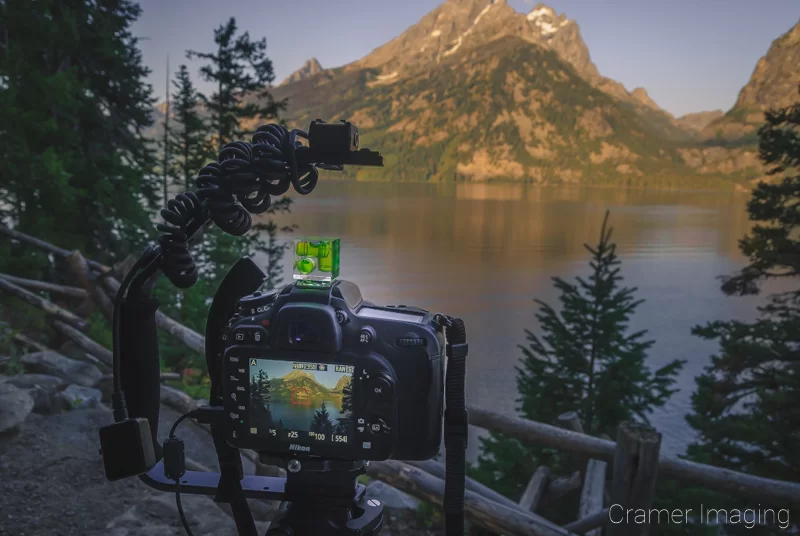
The best advice on how to choose a camera brand is to get several makes and models of camera directly into your hands. See how they feel. See how they handle. Take some pictures with them and see what you think. Test some of the basic features to see if you need them and if you can easily access them too. Choosing a camera brand is no different than choosing a new car in most respects.
Advice About Upgrading
Keep in mind that, as a new photographer, you don’t really need all of the bells and whistles which go along with an expensive professional level camera. You first need to figure out what kind of photography you’re interested in. Start with an entry level camera and find what kind(s) of photography you like to do. Then push your camera it to its limits. Only then will you see what you need in an upgrade.

When I started out, I got a student model D5000. I learned how to shoot and what kind of photography I liked. I tried portraits, weddings, sports, and more. Over time, I found I preferred nature setting portraits and eventually that I just liked the nature setting. I found my kind of photography first then went for an upgrade later.
When it came time for me to upgrade to my current camera, I looked at lots of different cameras on the market at the time. I also did lots of research into finding the right camera for me. Because of research, I found that I really didn’t need a pro-level camera for the kind of photography I was doing.
I don’t need extreme ISO because I’m not doing pitch-dark shooting and, what stellar photography I do, can be done with reasonable ISO settings. Also, I don’t need an extremely fast burst mode because I’m taking pictures of things which don’t generally move at all. I didn’t need a lot of features pro-level cameras offer because those features mean nothing to me as a landscape photographer. I could get a much cheaper camera that still did everything I needed.
A Caution for Brand Marketing Tactics
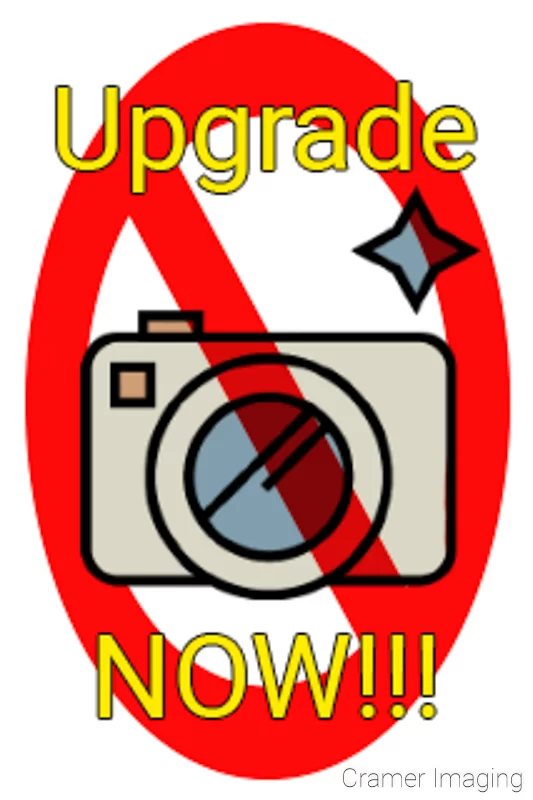
A word of caution when you set out to choose your camera brand. Camera brand companies will try to get you to switch or upgrade frequently. Don’t fall for the hype. If you don’t find a real use for a new whizzbang feature, don’t bother getting the “latest and greatest” on the market today. If you do find the new feature to be useful, then just wait a few months. Your chosen brand will be offering their equivalent very soon.
Changing brands will involve relearning how to operate a camera from scratch as most brands do things very differently from each other. Also, many camera accessories will not completely work, or even work at all, with a different camera than the brand they were designed for. Adapters may grant reduced functionality too. If you choose to change your camera brand, then you must consider this possibility.
Also, some camera brands are also extremely picky about third-party accessories. For instance, if you plan on upgrading eventually to Zeiss glass (widely considered the best lenses on the market), then you won’t want to choose Nikon for your brand as they will not support Zeiss (a non-Japan-based, German company) for auto-focus.
Conclusion
Choosing your camera brand is a very personal choice. It depends greatly on what your personal preferences are. However, don’t fall for the hype of needing to upgrade or swap brands every time something new and cool comes out. First make sure you actually need the feature. If it doesn’t help you in your style of photography don’t waste your money. Just wait a bit. Your brand will come along with a comparable feature soon. Choose a camera brand which will work for you.



